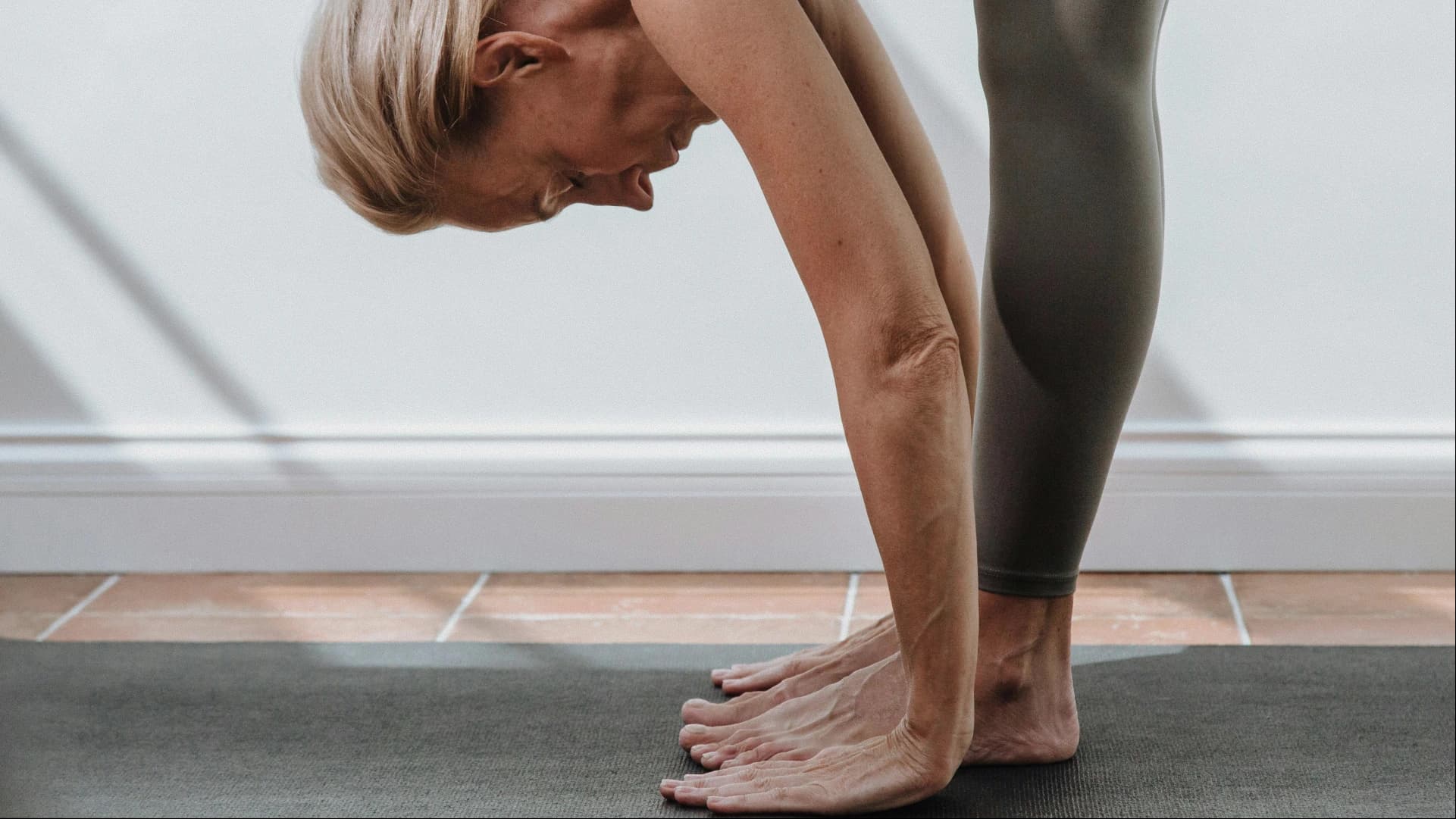Women's Health
October 24, 2025
Why Movement Is the Best Medicine for Menopause Symptoms
There’s a moment, somewhere between your late forties and early fifties, when your body starts sending quieter messages - the kind you can’t ignore with coffee or a pep talk.
You sleep, but don’t rest. You sit through meetings wrapped in a cardigan, then fan yourself minutes later. You open the fridge and forget what you wanted.
And maybe most confusing of all - you still care, you still want to feel vibrant, but your body no longer plays by the same rules.
You’re not the only one feeling this way. Millions of women reach this same turning point and realize that their bodies aren’t failing - they’re simply asking to be understood differently.
For many women, this is the landscape of menopause - a hormonal sea change that reshapes everything from mood and focus to strength and metabolism. What once worked - strict diets, long workouts, skipping dinner - suddenly stops working. And while advice often begins with “go for a walk”, you already know that walking isn’t enough.
Because this stage isn’t about “doing something” - it’s about moving differently.
When your hormones shift, your body’s chemistry changes the way it responds to effort. Estrogen drops, which affects how your muscles repair, how your joints feel, and how your body stores fat. Cortisol, the stress hormone, quietly rises, making you tired but restless. It’s not laziness - it’s biology asking for rhythm instead of punishment. The best exercises for menopause relief focus on restoring rhythm, not chasing exhaustion. That’s the difference Younger is built around.
The kind of movement that truly helps here is not another ten-thousand-steps challenge. It’s a small, deliberate ritual - five, ten, maybe fifteen minutes of guided, low-impact motion that tells your body: you’re safe, you can reset now. That’s why fitness for women over 45 looks different. It’s slower but smarter, gentle but effective. It’s about reconnecting with the parts of yourself that have been on pause - strength, patience, grace.
Science supports what women already know intuitively: movement regulates mood, balances insulin, and improves sleep quality, all of which influence hormonal stability. When your muscles engage, your body releases myokines - tiny messenger proteins that talk directly to your brain and endocrine system, helping to rebalance estrogen and cortisol levels [1]. It’s chemistry, not chance. This is a kind of movement therapy for hormonal balance, not about burning calories, but about rebuilding communication between your muscles and your mind.
And yet, it’s not only physical.
Many women describe the first week of intentional movement as “feeling like myself again.” Not because they suddenly lost weight or gained muscle, but because motion quieted the noise. The racing thoughts, the irritability, the fog - it all softened a little.
That’s why the idea behind menopause workouts isn’t to fight your body, but to listen to it.
Short, guided routines - gentle strength work, mindful stretching, restorative core movements - rebuild stability from the inside out. Each repetition becomes a reminder that your body is still capable of change, that balance is still possible, and that energy isn’t something you lost - it’s something you can rebuild.
The beautiful paradox is that consistency, not intensity, is what brings results.
Women who follow gentle fitness routines for midlife women, even for just ten minutes a day, report fewer hot flashes, steadier moods, and better focus [2]. Exercise improves circulation and oxygen delivery to the brain, easing the “fog” that so many women mention. Sleep follows naturally. Appetite steadies. Confidence returns.
There’s also the invisible part - community.
When you move with others, even virtually, your brain releases oxytocin - the connection hormone that lowers stress and restores emotional equilibrium. Inside the midlife wellbeing community at Younger, movement isn’t just exercise; it’s an act of belonging. It’s a reminder that you’re not alone in the in-between.
Menopause can feel like an uninvited guest who rearranges everything in your home. But through guided movement - not endless walking, not extremes - you can start rearranging things back on your own terms.
Each session is a quiet rebellion against decline, a way of saying: I’m still here, and I’m learning to move with myself, not against myself.
So no, you don’t need another walk around the block.
You need direction, compassion, and a plan that fits who you are now.
Start with one guided session inside the Younger Fitness App - your body will recognize the language immediately.
References
[1] Journal of Endocrinology and Metabolism - “Exercise-induced myokines and hormonal adaptation in menopausal women.”
[2] Harvard Health Review - “How consistent, low-impact exercise reduces menopause symptoms.”
Disclaimer
This article is for informational purposes only and does not constitute medical advice.
Please consult a qualified healthcare provider before making any changes to your exercise, nutrition, or lifestyle routines.

